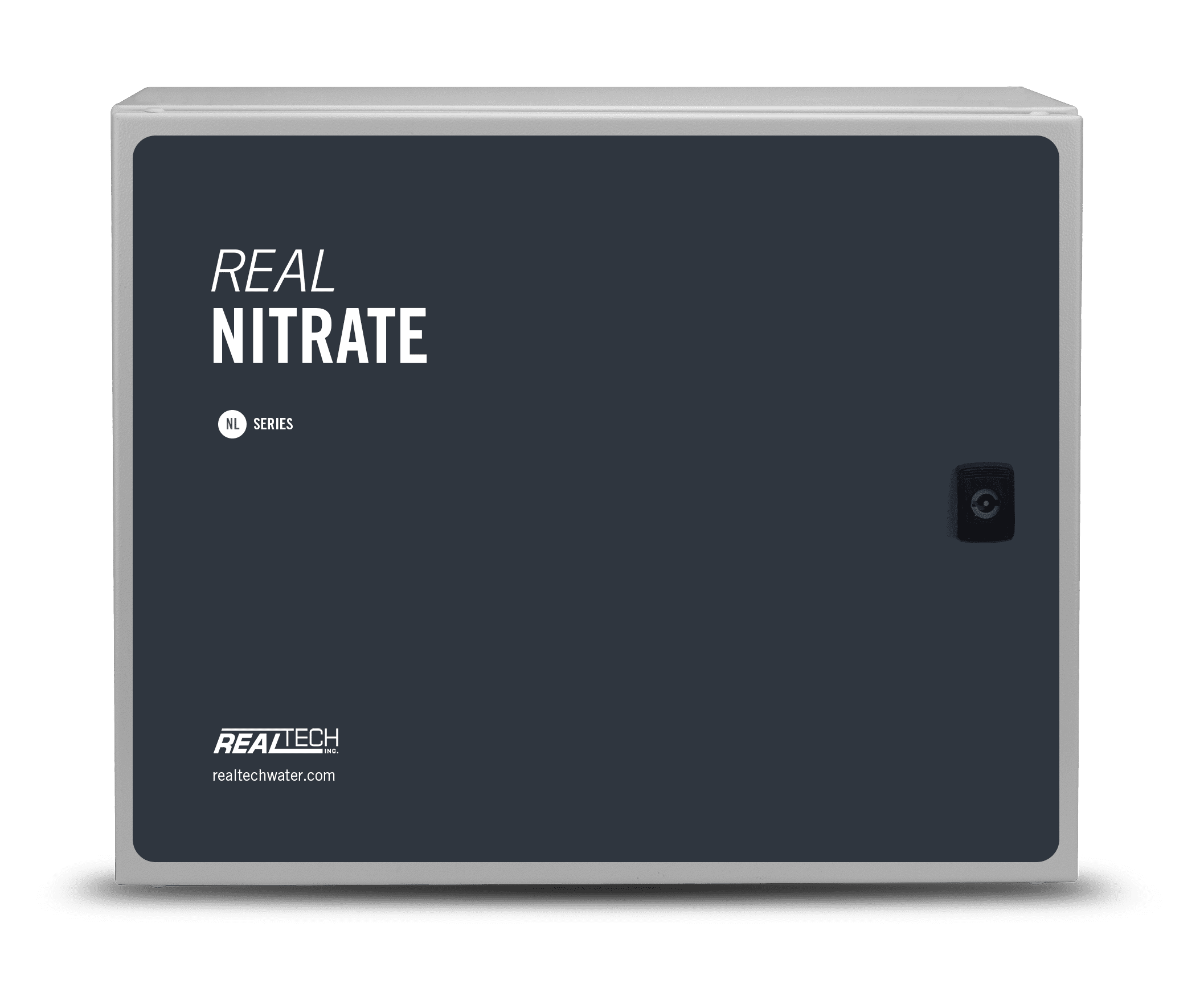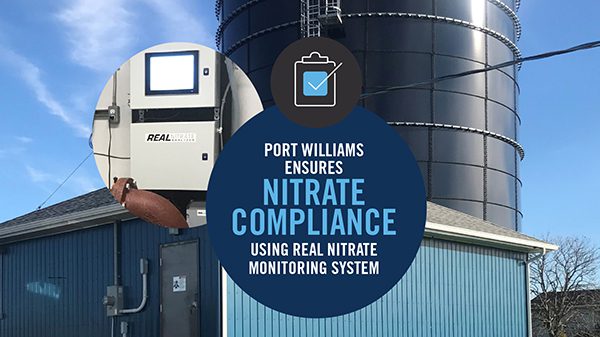Nitrate or NO3– is a measurement of the amount of nitrate, the most stable form of nitrogen in water, measured continuously online or in the laboratory.
WHY IS IT IMPORTANT?
Nitrogen is a major nutrient for microbial life and is therefore very important with regards to its effects on the environment. Among nitrogen containing compounds, nitrate is the most common form in water. All other dissolved forms of nitrogen (nitrite, ammonia and organic nitrogen) get oxidized to nitrate over time. Nitrates are found in both ground and surface water, originating from the natural decaying process of biological matter. Many anthropogenic sources also contribute to nitrate levels in the environment such as industrial and municipal wastewater discharge and agricultural runoff containing nitrogen based fertilizers and livestock manure. It has a high solubility in water and will not be filtered out like other contaminants as it seeps through the soil layers to groundwater level. Measurement is important for several applications.
In the drinking water industry, maximum contaminant levels of 50 mg/L NO3 in the EU and 10 mg/L NO3-N in the USA have been established for public safety. When nitrate enters the bloodstream of humans they reduce the ability of red blood cells to carry oxygen, which has serious health effects. This is particularly important for infants under the age of 6 months where excessive levels in their bloodstream leads to a health condition known as methemoglobinemia or “blue baby syndrome”. Thus, measuring and removing nitrate from drinking water are important.
Wastewater contains high amounts of NO3 from human sewage and industrial process waste. Monitoring in wastewater with a real-time nitrate analyzer is important to ensure proper removal prior to discharging into the environment.
From an environmental perspective, monitoring nitrate levels in surface water can indicate the potential for eutrophication or “nutrient pollution”. The influx of nutrients to surface waters can cause accelerated algal growth. When the large algae blooms die out, bacterial action increases expending oxygen levels. Waters may become hypoxic or anoxic, causing stress and possible death of aquatic life. Monitoring input to surface waters not only protects the health of the water body, but the safety of those who rely on the source.
HOW WE MEASURE
Real Tech’s nitrate sensor utilizes UV-VIS light for measurement as nitrate ions have a natural absorbance peak in the 200-220 nm wavelength range. Common interferences with nitrate measurement at 220 nm, such as organic compounds, nitrite, iron (II), and turbidity or suspended solids are automatically compensated for by measurements at additional reference wavelengths in the UV-VIS spectrum where the interfering compounds absorb, but nitrates do not.
Real Tech’s advanced measurement technology combined with a low maintenance automatic chemical cleaning system allows reliable and accurate measurements over time compared with competing systems which often experience significant measurement drift and require frequent manual cleaning. Real Tech has the solutions to help our clients get the information they need, when they need it. Discover our real-time nitrate monitoring solutions here.
Real-time accurate and reliable measurements in water and wastewater.



